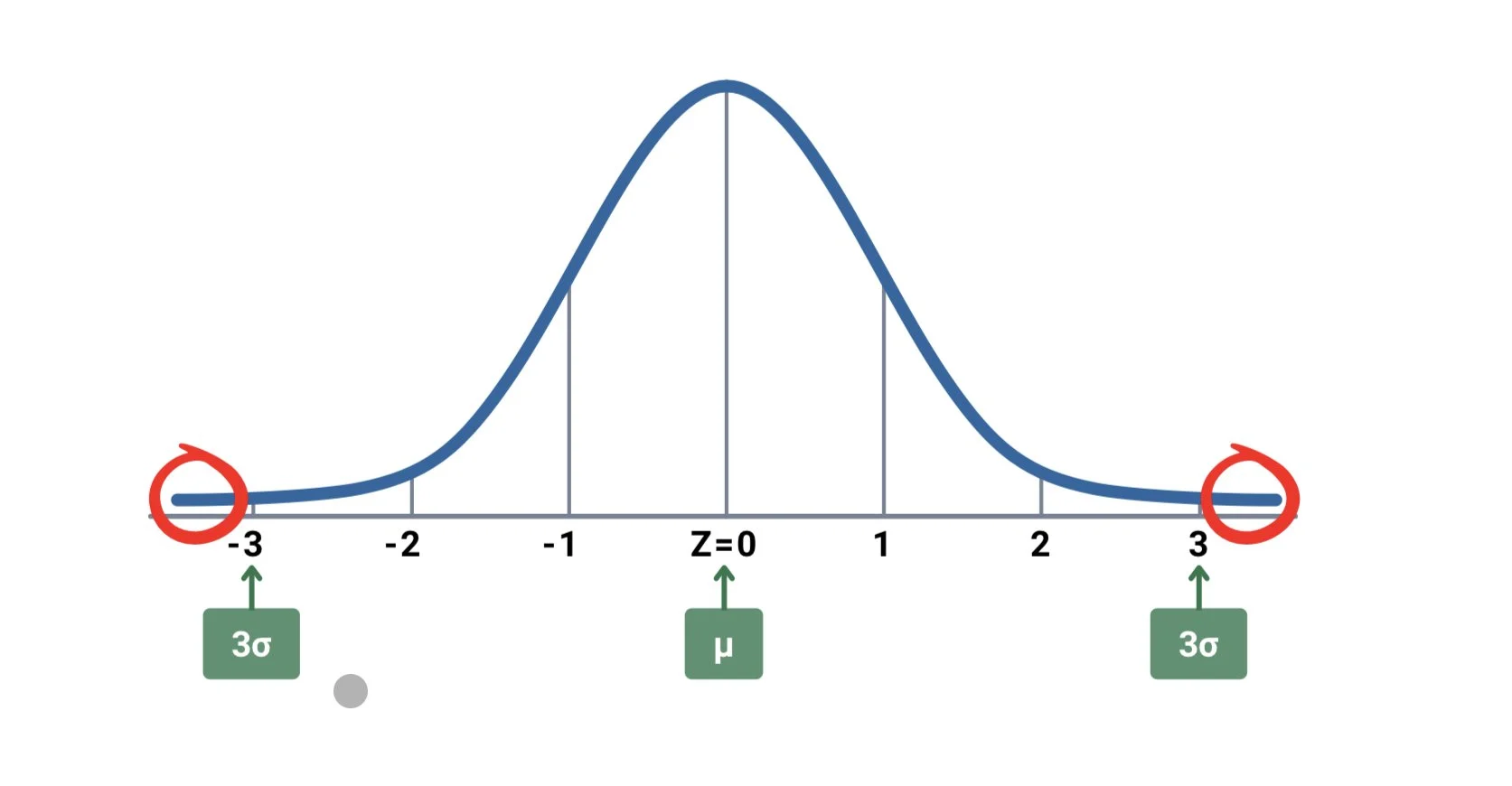FDA Guidance on Out-of-Specification (OOS) Results
Outlier testing refers to the process of identifying and analyzing data points that deviate significantly from the typical patterns or trends in a dataset. Outliers are observations that are noticeably different from the majority of the data and can have a significant impact on statistical analyses.
An outlier may be a result from either a deviation from the method or a variability in the sample. It should never be assumed that the reason for an outlier is error in the testing procedure, rather than inherent variability in the sample being tested. A full investigation must always be started to identify the cause of outliers.
Outlier tests are not relevant in scenarios where the focus is on evaluating the variability within the product, as seen in content uniformity, dissolution, or release rate assessments. In these instances, a data point identified as an outlier might reflect the accurate outcome of a product with nonuniform characteristics.
According to USP <111>, the rejection or accceptance of a data point can be a serious source of bias. Rejecting observations solely based on their relative magnitudes, without investigating the underlying cause, should be a cautiously employed procedure.
An outlier test is a statistical analysis only and it does not help determine the cause of an extreme observation. At times, an outlier test might provide some value in assessing the degree of discordance within a dataset. However, its application is typically confined to providing informational insights during an investigation, specifically to gauge the distance of a result from the mean.
If using outlier tests, t is essential to establish the potential application of the tests beforehand. This information should be incorporated into Standard Operating Procedures (SOPs) for data interpretation and comprehensively documented. These SOPs must outline the designated outlier test along with predetermined parameters.
Learn more about outliers in the FREE guide below!

